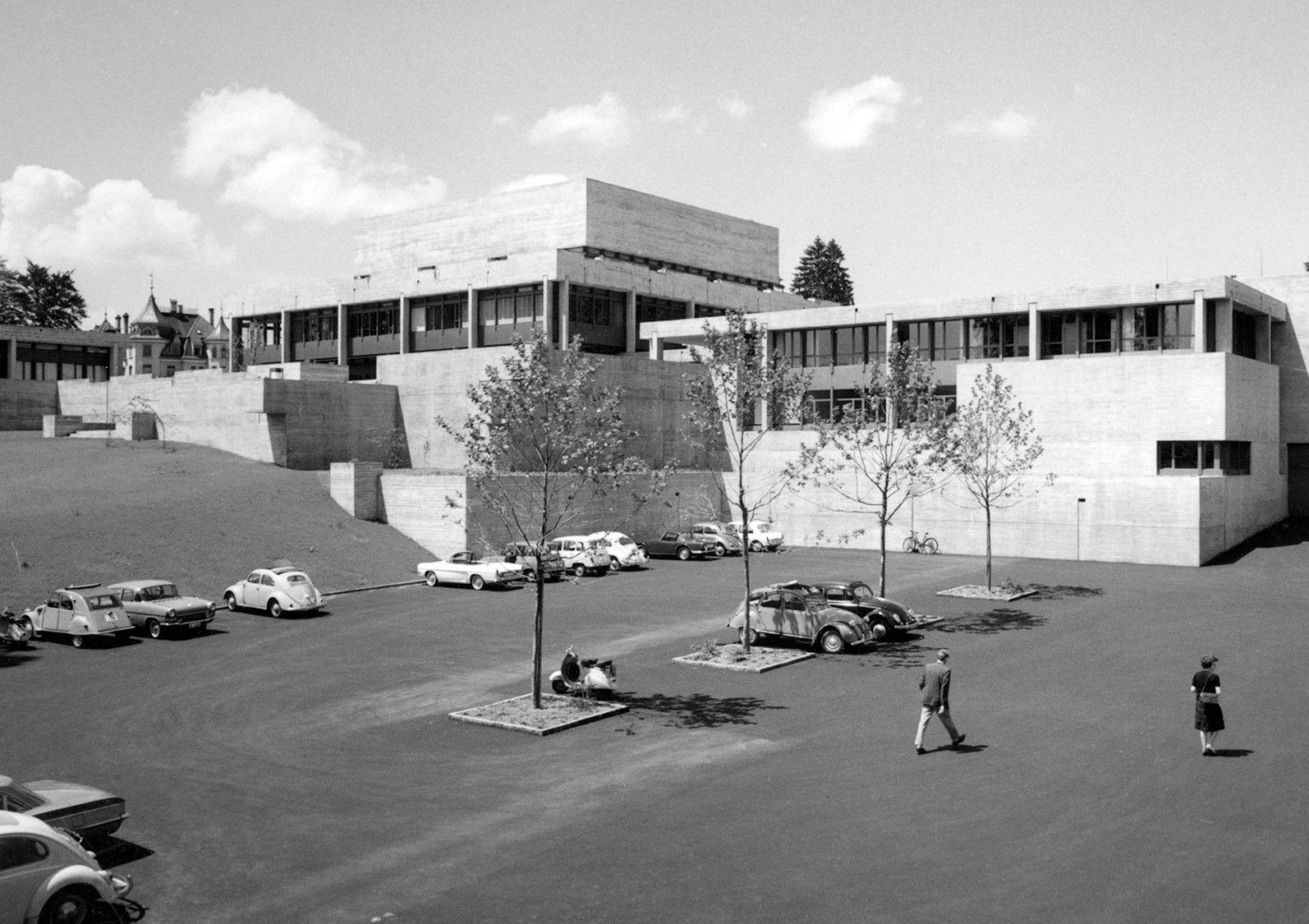

Here you will learn more about people and milestones in the 120-year old history of the University.
Over a century of the University of St.Gallen (HSG), from a business academy to an academically renowned and internationally connected business university
The University of St.Gallen (HSG) is one of the oldest business schools in existence and was the first of its kind in Switzerland. It was founded in 1898, when the Grand Council of the Canton of St.Gallen decided to establish an "academy for trade, traffic and administration " in the city of St.Gallen. The politician and publicist Theodor Curti (1848-1914) is considered to have played the key role in pushing forward this ambitious agenda.
The purpose of the business academy was to provide a better education for the next generation of merchants who would be employed in the textile industry in Eastern Switzerland. The beginnings were very modest. Housed in rented premises in the west wing of the cantonal grammar school, Burggraben, the academy began teaching in 1899 with merely seven enrolled students and 85 auditing students. Classes were held in the west wing of the “Kantonsschule am Burggraben”, where the business school had taken up residence.
The demand for business education in St. Gallen grew rapidly, and due to increasing student numbers, the school had to relocate twice. In 1911, classes were moved to a new address at Notkerstrasse 20, and at the same time, the business academy became known as a business college (Handelshochschule). In 1963, the school moved to its current main location on the Rosenberg, where the campus was built in the brutalist style by architect Walter Förderer (1928-2006). After 1962, the name 'Hochschule St.Gallen für Wirtschafts- und Sozialwissenschaften (HSG)' was adopted, and the abbreviation ‘HSG’ has been used to refer to the University ever since.
Although, formally speaking, HSG had already been on an equal footing with universities since 1938, when it obtained the right to award doctorates, it was not until 1995 that the school was renamed 'University of St.Gallen (HSG)'. The University has often played a pioneering role in the further development of academic education: in 1968 it was the first university in Switzerland to introduce an institutionalised executive education programme, in 2000 it lead the way in implementing the Bologna Process (initiated throughout Europe in 1999), and in 2003 HSG launched the first educational programme for children in Switzerland known as the Children's University. At the same time the scope of academic research was gradually expanded, as was the scope of its course offerings. Today, the University's full name is 'University of St.Gallen - School of Business, Law, Social Sciences, International Relations and Computer Science (HSG)'.